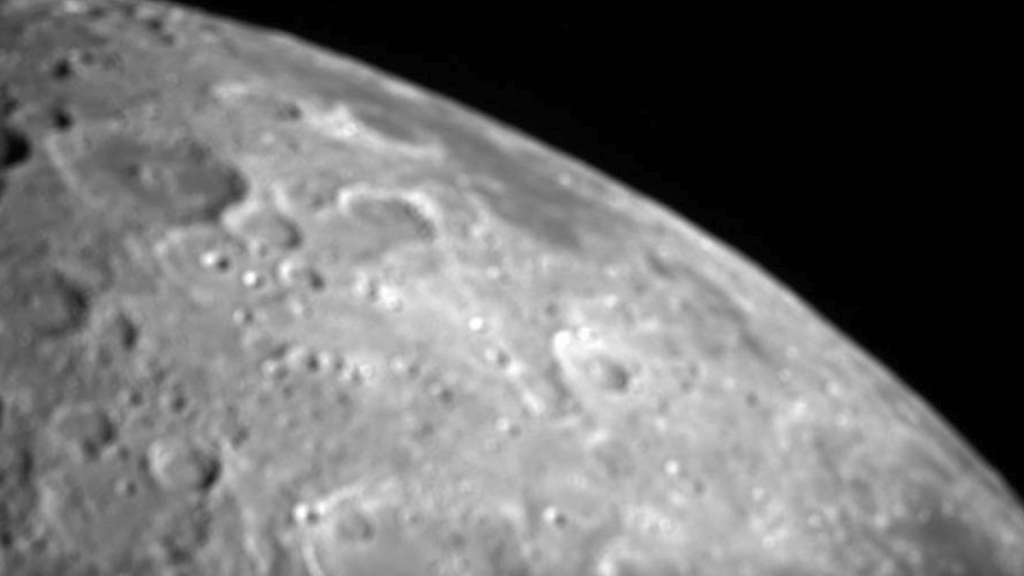
NASA’s tiny CAPSTONE probe snaps 1st photo of the moon, begins extended mission (Image Credit: Space.com)
NASA’s tiny moon-orbiting CAPSTONE spacecraft has taken its first images of Earth’s nearest neighbor.
CAPSTONE, built and operated for NASA by the Colorado company Advanced Space, was designed to help lay the foundation for the future Gateway space station, which will orbit the moon as part of the Artemis program.
CAPSTONE (short for “Cislunar Autonomous Positioning System Technology Operations and Navigation Experiment”) is testing a unique orbit around the moon, known as a near rectilinear halo orbit (NRHO), that will be occupied by Gateway.
Related: These two tiny spacecraft will help pave the way for astronauts to return to the moon
The NRHO is highly elliptical and located at a precise balance point in the gravities of Earth and the moon. It requires little energy to stay in this orbit, offering long-term stability for outposts like Gateway.
In the NRHO, CAPSTONE gets as close as 11,000 miles (17,700 kilometers) to one lunar pole during a near pass and then as far away as 43,500 miles (70,000 km) from the other pole every seven days. The microwave-sized satellite imaged the lunar surface for the first time on May 3, as it made a close pass by the north pole.
Six days later, the CAPSTONE team used the cubesat to test navigation technology similar to GPS on Earth called the Cislunar Autonomous Positioning System (CAPS).
During the successful May 9 experiment, CAPSTONE teamed up with NASA’s Lunar Reconnaissance Orbiter (LRO), which has been circling the moon since 2009. CAPSTONE beamed a signal to LRO, which bounced it back to the tiny spacecraft, where it was converted into a measurement of the distance and relative velocity between the two probes.
“The test proved the ability to collect measurements that will be utilized by CAPS software to determine the positioning of both spacecraft,” NASA officials wrote in an update last week. “This capability could provide autonomous onboard navigation information for future lunar missions.”
The May 9 test came just a few days before the six-month anniversary of CAPSTONE’s insertion into lunar orbit. The six-month milestone, which occurred on May 13, officially concluded the primary mission of the little cubesat. But the trial shows that CAPSTONE can still contribute to NASA’s moon efforts going forward.
It hasn’t been all smooth sailing for CAPSTONE since its launch atop a Rocket Lab Electron vehicle on June 28, 2002. The mission team had to troubleshoot issues with the tiny probe’s communications and propulsion systems, for example, before getting it successfully into lunar orbit on Nov. 13, 2022.
NASA says that the current “enhanced mission phase” of CAPSTONE will last for around a year and will see the spacecraft continue testing its onboard technology.





